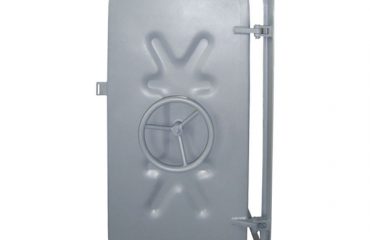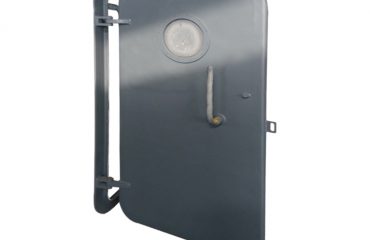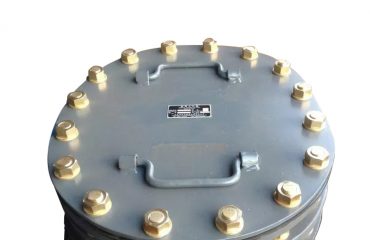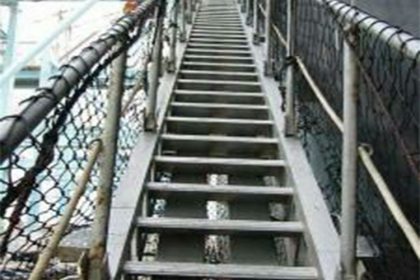
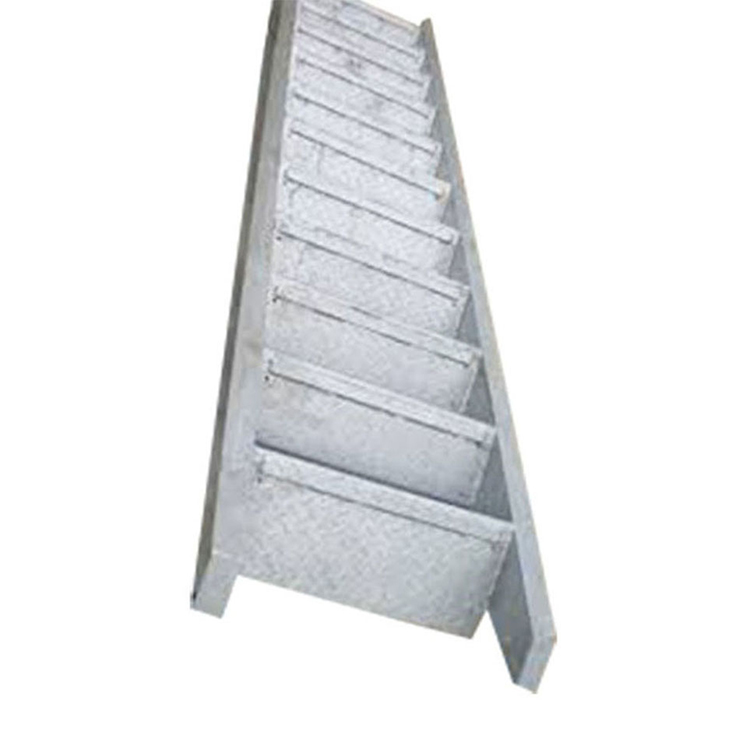
Ship ladders are a critical component of ensuring safe access and egress on vessels. These ladders provide essential access between different levels of the ship, such as decks, platforms, and even tanks. As such, it is imperative that ship ladders comply with safety regulations to prevent accidents and injuries. Navigating these regulations can be complex, but understanding the key requirements is essential for ensuring compliance and the safety of crew members and passengers.
One of the primary regulations governing ship ladders is the International Maritime Organization’s (IMO) Safety of Life at Sea (SOLAS) Convention. This convention sets out comprehensive requirements for the construction, maintenance, and inspection of ship ladders to ensure they are safe for use. SOLAS requires that ship ladders meet specific criteria regarding design, materials, dimensions, and installation. For example, according to SOLAS regulations, ship ladders must have handrails on both sides, non-slip treads, and a suitable inclination angle for safe ascent and descent.
In addition to SOLAS requirements, ship ladders must also comply with national regulations and industry standards. These regulations may vary depending on the country of registration of the vessel, as well as the type and size of the vessel. For example, the United States Coast Guard (USCG) has specific requirements for ship ladders on US-flagged vessels, which must adhere to the standards set out in Title 46 of the Code of Federal Regulations (CFR).



